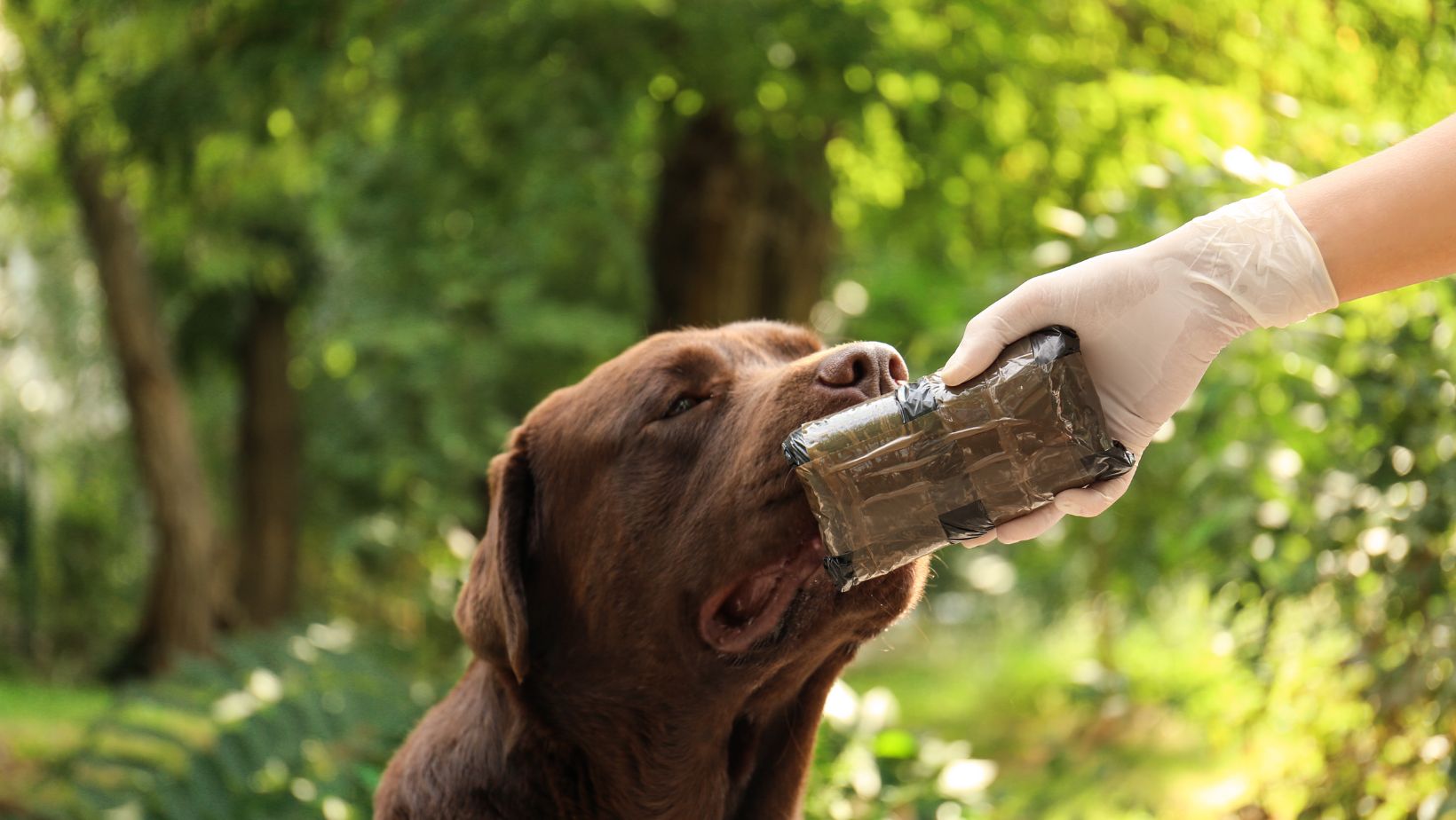How to Train a Dog to Heel
Training a dog to heel is an essential skill that every Labrador owner should focus on. However, there are common mistakes that can hinder the progress of this training process. In this article, I’ll outline some of these mistakes and provide tips on how to avoid them when training your Labrador to heel.
One common mistake is inconsistent reinforcement. It’s important to remember that dogs thrive on consistency and repetition. If you reward your Labrador for healing one day but allow them to pull or wander off the next, it sends mixed signals and confuses your furry friend. To effectively train your dog to heel, ensure you reinforce the behavior consistently and provide positive reinforcement each time they stay by your side.
Another mistake many Labrador owners make is using incorrect leash handling techniques. Pulling back forcefully on the leash or jerking it can cause discomfort and even injury to your dog’s neck. Instead, use gentle yet firm pressure on the leash while giving verbal cues such as “heel” or “close.” Additionally, avoid wrapping the leash around your hand or wrist tightly as it may restrict movement and increase tension in both you and your dog.
Lastly, not being patient enough can impede the progress of teaching a Labrador to heel correctly. Remember that learning takes time, especially for dogs who may have different energy levels or temperaments. Be patient with yourself and with your dog as you work together towards mastering this skill.
In conclusion, training a Labrador to heel requires consistency in reinforcement, proper leash handling techniques, and patience from both you and your furry companion. By avoiding common mistakes such as inconsistent reinforcement, incorrect leash handling, and impatience, you’ll be well on your way to successfully teaching your beloved Labradors how to walk politely by your side.

Using the Wrong Training Techniques
When it comes to training our furry friends, it’s essential to use the right techniques. However, one common mistake that many Labrador owners make is using incorrect training methods. This can not only hinder their progress but also create confusion and frustration for both the dog and the owner.
Using harsh or punitive methods is a prevalent mistake when it comes to training Labradors. Some people believe that being strict or dominant will yield better results. However, this approach can have adverse effects on your dog’s behavior and overall well-being. Labradors are known for their sensitive nature, and using forceful tactics may cause them to become fearful or anxious.
Another mistake is relying solely on treats for training purposes. While treats can be an effective tool in positive reinforcement training, they should not be the sole focus of your training sessions. Labradors are intelligent dogs who thrive on mental stimulation and interaction with their owners. It’s important to incorporate a variety of rewards such as praise, playtime, and attention to keep them engaged during training sessions.
Consistency is key when it comes to dog training, but another common mistake is being inconsistent with commands and expectations. Labrador Retrievers are highly trainable but can become confused if they receive mixed signals from their owners. Make sure everyone in your household uses the same commands and consistently reinforces desired behaviors.
Lastly, neglecting proper socialisation is a significant oversight when it comes to Labrador training. These sociable dogs need exposure to various environments, people, animals, and situations from an early age. By exposing them gradually and positively reinforcing good behavior during socialisation experiences, you’ll help prevent behavioral issues later on.
In conclusion (as per your request), avoiding these common mistakes in Labrador training will set you up for success in teaching your furry friend how to heal properly. By using positive reinforcement techniques, providing consistent commands and expectations, incorporating different rewards, and prioritizing socialization, you’ll be well on your way to having a well-behaved and happy Labrador companion.